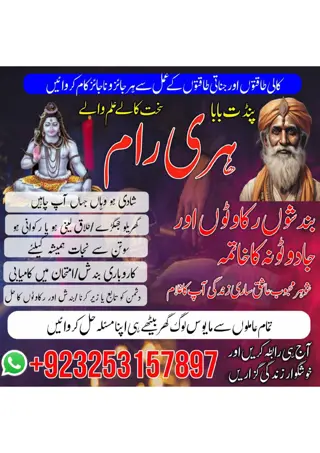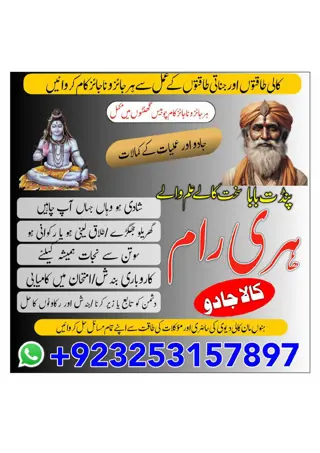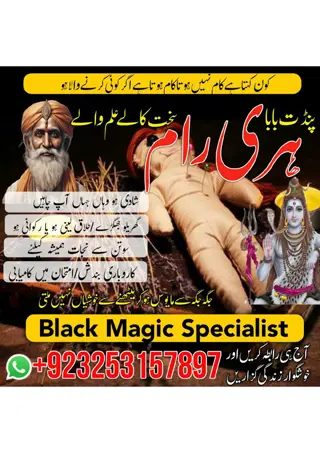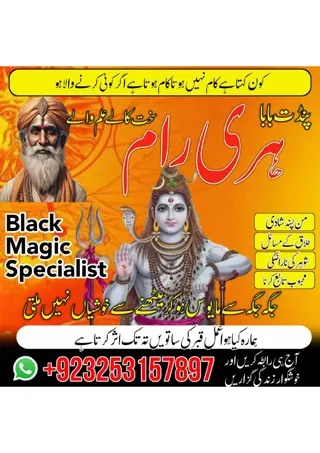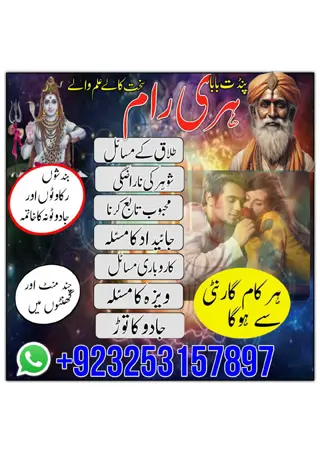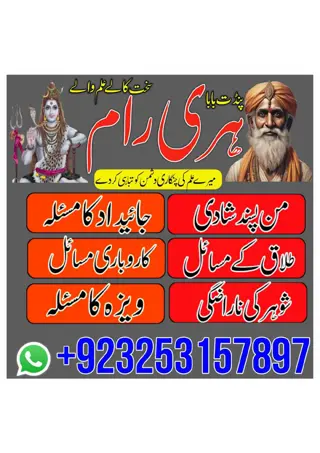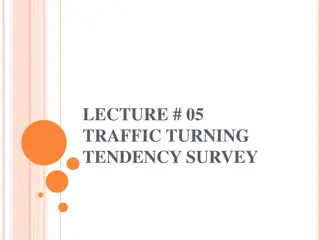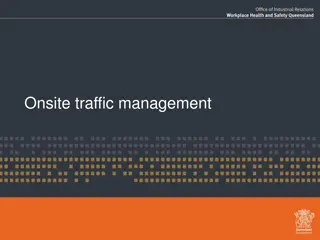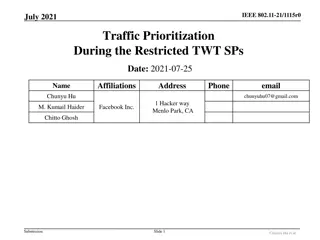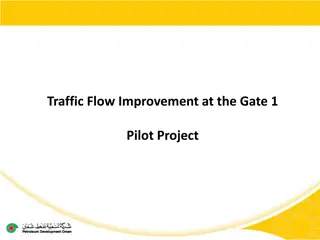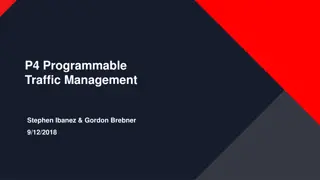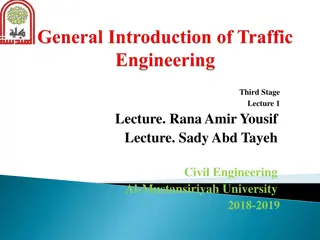Engaging Traffic Education Lesson for Students at Shaistagonj Kamil Madrasah
The introduction of Mr. Ariful Islam, a dedicated English lecturer at Shaistagonj Kamil Madrasah in Hobigonj, sets the stage for an interactive lesson on Traffic Education. With a focus on Dhaka city's traffic conditions, the lesson aims to help students identify traffic rules, cross roads carefully, and understand vehicle movements. Through various activities like group discussions and individual tasks, students are encouraged to explore the complexities of traffic control and negotiation. Engage your brain in learning how to navigate traffic effectively!
Download Presentation

Please find below an Image/Link to download the presentation.
The content on the website is provided AS IS for your information and personal use only. It may not be sold, licensed, or shared on other websites without obtaining consent from the author.If you encounter any issues during the download, it is possible that the publisher has removed the file from their server.
You are allowed to download the files provided on this website for personal or commercial use, subject to the condition that they are used lawfully. All files are the property of their respective owners.
The content on the website is provided AS IS for your information and personal use only. It may not be sold, licensed, or shared on other websites without obtaining consent from the author.
E N D
Presentation Transcript
Introduction Md. Ariful Islam Lecturer in English Shaistagonj Kamil Madrasah Shaistagonj, Hobigonj.
Claass: 11 & 12 Date: 12/08/2021 Sub: English 1st Paper Unit Two: Traffic Education Lesson: 1 Number of students: 50
How are you my dear students Hope all of you are well by the grace of Almighty Allah.
Look at the picture Tell me what the pictures about.
Yes, all of you are right. Both the pictures are about the traffic condition of Dhaka city.
Learning Outcome After the lesson the students will be able to: Identify the trules of traffic in Dhaka city Cross the roads carefully Tell how the vehicles goes
Todays Lesson Unit Two: Traffic Education Lesson 1 How Your Brain Negotiates Traffic
Warm up activity: Discuss in a small group the following questions. _ What do you mean by traffic? _ Who controls the traffic? _ What are the challenges of traffic control?
Group Work 2. Do you ride a bicycle? If yes, how do you negotiate the traffic? Speak in a group. If you don't know how to ride a bicycle, ask a friend who does.
Individual Work Read the passage below and complete the activities mentioned at the end of the passage.
Silently Read When you are in the driving seat of a car, you have the steering and the horn in your hands, the brake and accelerator under your feet, eyes open looking ahead, left and right. The same can be said about a motorcycle rider, with some modifications.
Read Individually These are all very visible. But, behind all, there is something that keeps working unseen. And that is the Central Processing Unit (CPU), your brain. CPUs are artificially intelligent machines that are programmed to do specific jobs under fixed conditions and judgements. But the human brain is intelligent by nature. It is the most sophisticated machine that is able to operate on ever-changing conditions and standards of judgement.
Read SIlently As conditions in the traffic keep invariably changing, this virtue of sophistication of your brain must be at work when you are driving. The difference between traffic in the roads and highways and racing circuit must not be blurring inside you. Never imagine yourself to be a Michael Schumacher driving an F-1 at 300 mph. Leave no room for fantasy.
Read Silently You must always be ready to encounter unexpected behavior from any vehicle or pedestrian. Keep your cool is easy to advice but difficult to maintain. Still you must always restrain yourself because, at the end of the day, you don't want to be regarded as a killer. Now you see, the last thing that differentiates you from a computer is your conscience.
Group Work Read the following questions. Each question has a word in italics with four alternative meanings. Choose the word which is the closest in meaning:
Group-A A. What is a steering used for? i. speeding ii. stopping iii. changing speed iv. directing
Group-B B. What is the function of the accelerator? i. charging battery ii. enhancing speed iii. stopping iv. controlling
Group-C C. Which organ is the word visible associated with? i. ear ii. nose iii. eyes iv. hands
Group-D D. The word sophisticated in line 15 meansi. complex ii. primitive iii. modern iv. refined
Group-E E. Michael Schumacher is ai. Hollywood hero. ii. German racing driver. iii. English footballer. iv. Australian cricketer.
Pair Work 5. Answer the following questions: a. Where do you see the difference between other human organs and the brain? b. What is the difference between a computer and the human brain? c. What is a CPU? What are its functions? d. What are the main challenges facing a driver? e. What is a racing circuit? f. How is a racing circuit different from a public road?
Pair Work 6. Do you think the bus and truck drivers of our highways maintain traffic discipline? What are the reasons of road accidents in our country? Write your answer within 500 words.
Individual Work 7. Make sentences with the following words and phrases: a. sophisticated b. invariably c. fantasy d. pedestrain e. convince f. driving seat g. unseen
Homework Do you think our towns and cities are pedestrian friendly? If your answer is ''no'', how can you make them so?
Thank you very much for joining with me in this class.



